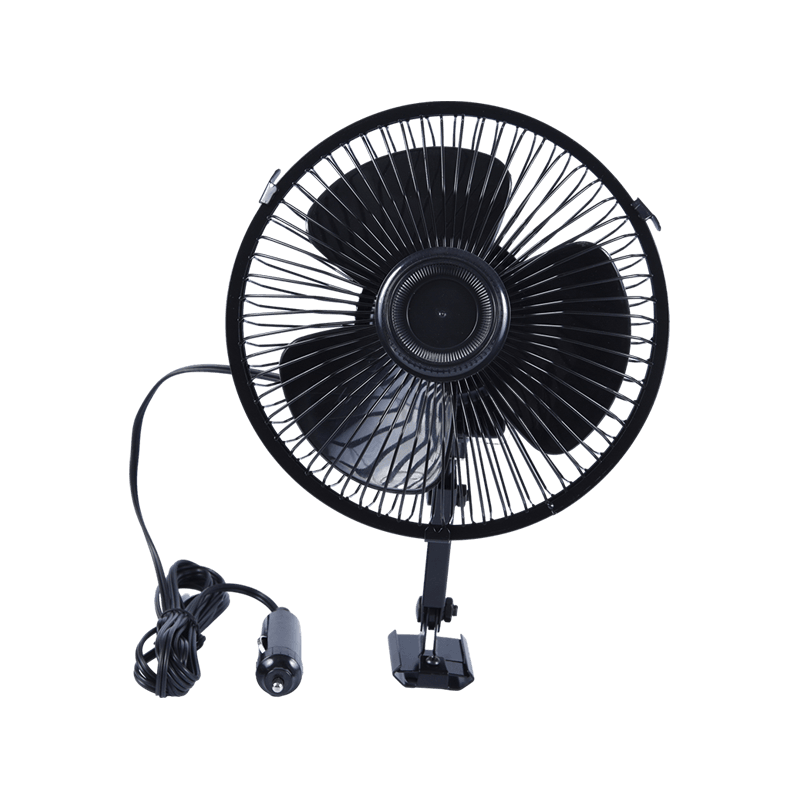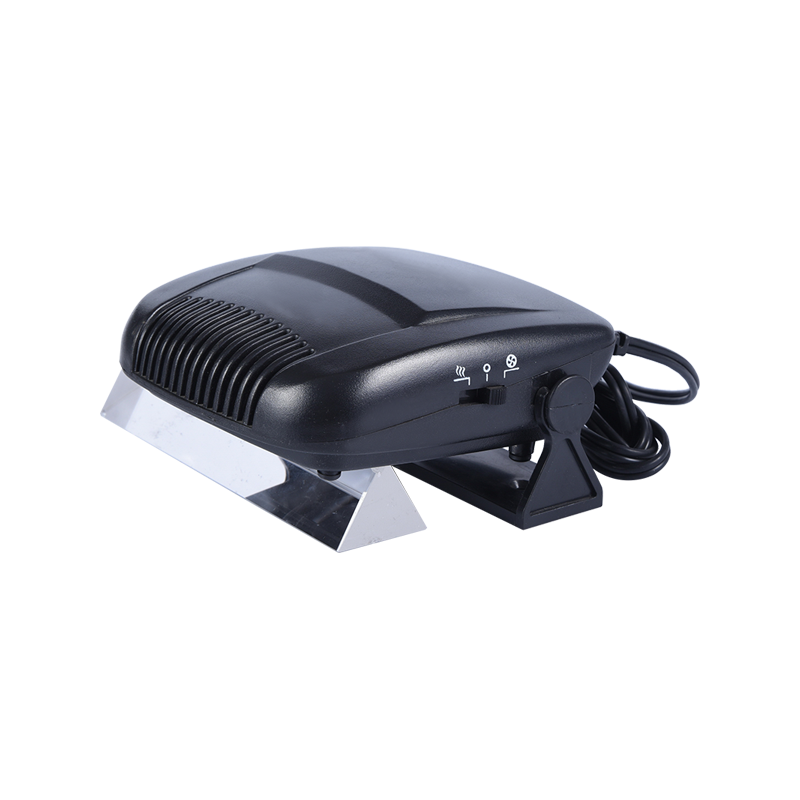Maintaining proper tire pressure is critical for vehicle safety, fuel efficiency, and tire longevity. A vehicle air compressor is a commonly used tool for inflating tires and other inflatables, but determining the correct PSI (pounds per square inch) setting can be confusing.
Concept of PSI and Its Importance
PSI is a unit of pressure that measures the force applied per square inch. In the context of a vehicle air compressor, PSI refers to the air pressure delivered to inflate objects, primarily tires. The correct PSI for tires is specified by vehicle manufacturers and is typically found on a sticker inside the driver’s door jamb, in the owner’s manual, or on the tire sidewall. Using an incorrect PSI can lead to reduced traction, uneven tire wear, increased braking distances, and higher fuel consumption. A vehicle air compressor must be set to match the recommended PSI to ensure optimal performance and safety.
Types of Vehicle Air Compressors
Vehicle air compressors come in various designs, each suited for different needs. Common types include:
-
Portable 12V Compressors: These plug into a vehicle’s cigarette lighter or DC outlet and are compact for on-the-go use.
-
Battery-Powered Compressors: These operate independently of the vehicle’s electrical system, offering flexibility in remote locations.
-
Fixed-Mount Compressors: Permanently installed in vehicles, often used in off-road or commercial applications for continuous air supply.
-
Dual-Purpose Compressors: Combine inflation capabilities with functions like jump-starting or emergency lighting.
Each type has distinct pressure ranges and flow rates, but all require careful PSI adjustment to function effectively.
Applications of Vehicle Air Compressors
A vehicle air compressor is primarily used for inflating car, truck, or motorcycle tires. However, it also supports other applications, such as:
-
Inflating sports equipment (e.g., bicycle tires, footballs, or air mattresses).
-
Powering air tools for minor repairs in remote areas.
-
Emergency situations, like reinflating a tire after a slow leak or puncture.
For each application, the target PSI varies. For instance, bicycle tires may require 40–70 PSI, while car tires typically need 30–35 PSI. Users must consult manufacturer guidelines for specific PSI recommendations.
Comparison of PSI Settings
Setting the PSI incorrectly can have significant consequences. Here is a comparison:
-
Under-Inflation (Low PSI): Increases rolling resistance, leading to higher fuel consumption, overheating, and potential tire failure. It may also cause poor handling and accelerated tread wear on the edges.
-
Over-Inflation (High PSI): Reduces the tire’s contact with the road, resulting in a harsher ride, decreased traction, and uneven wear on the tire center. In extreme cases, it can increase the risk of blowouts.
-
Optimal PSI: Balances safety, comfort, and efficiency. For most passenger vehicles, the ideal PSI ranges from 30 to 35, but it can vary based on load, temperature, and tire type. A vehicle air compressor with a built-in pressure gauge helps achieve precise settings.
Frequently Asked Questions (FAQ)
-
How do I find the correct PSI for my vehicle?
Refer to the vehicle’s owner’s manual or the placard on the driver’s door jamb. Do not rely solely on the tire sidewall, as it indicates the maximum PSI, not the recommended operating pressure. -
Can weather affect PSI settings?
Yes, tire pressure decreases in cold weather and increases in warm conditions. It is advisable to check and adjust PSI when tires are cold for accuracy. -
What happens if I exceed the recommended PSI with a vehicle air compressor?
Over-inflation can compromise tire integrity and safety. Always monitor the pressure gauge and stop inflating once the target PSI is reached. -
Is a vehicle air compressor suitable for all tire types?
Most compressors work with standard car, SUV, and light truck tires. For heavy-duty vehicles or specialty tires, verify the compressor’s maximum PSI capacity. -
How often should I check tire pressure?
Manufacturers recommend checking at least once a month and before long trips to maintain optimal performance.
Using a vehicle air compressor effectively requires understanding the ideal PSI for specific applications. By adhering to manufacturer guidelines and regularly monitoring pressure, users can enhance safety, extend tire life, and improve fuel efficiency. Whether for routine maintenance or emergencies, a vehicle air compressor is a valuable tool when operated with attention to accurate PSI settings.


 English
English Português
Português عربى
عربى 中文简体
中文简体











